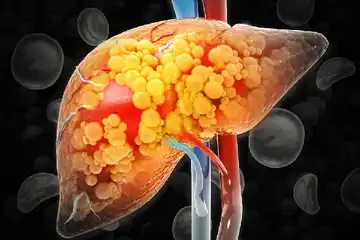What is a fractured collarbone?
Collarbone fractures, accounting for 2.6-5% of all fractures, are a common injury among children and young adults. A collarbone fracture is a break in the continuity of the collarbone, which is a long, thin bone that connects the upper part of the breastbone to the shoulder blade. There are two collarbones, one on each side of the breastbone. The collarbone is medically termed as the clavicle.
What are its main signs and symptoms?
Symptoms of a mild broken collarbone include:
- Pain at the site of fracture
- Pain on movement of shoulder or arm
- Downward or forward sagging of the shoulder
- A cracking sound or grinding sensation when you raise your arm
- Bruising, swelling, bulging or tenderness over your collarbone
Symptoms of a more severe fracture are:
- Reduced sensation or a tingling feeling in your arm or fingers
- Fractured collarbone that is pushing against or through the skin
Certain complications associated with fractured collarbone include:
- Injury of a nerve or blood vessel
- Inadequate or delayed healing
- Lump in the bone: This occurs at the site of healing of the fractured segment
- Osteoarthritis
What are the main causes?
Common causes include:
- Falling onto your shoulder or onto your outstretched arm
- Sports injuries: This occurs when one experiences a direct blow to the shoulder
- Vehicle trauma or accident
- Birth injury: This occurs when the baby passes through the birth canal
Uncommon causes include:
Falling from a standing height: This occurs amongst elderly, osteoporotic persons or in case of certain pathological conditions.
How is it diagnosed and treated?
Diagnosing a fractured collarbone requires taking a history and noting down symptoms.
Physical examination of the fractured bone is best performed with the patient in a standing or sitting position, and involves assessing the break in the bone and feeling the skin over the fracture site.
It is important to detect any nerve or blood vessel injury or damage.
Investigations include
- X-ray
- CT scan
Treatment of fractured collarbone may be non-surgical or surgical depending on the type of fracture.
Non-surgical treatment
- Arm support: Use of a sling for support and restriction of movements
- Symptomatic relief: Analgesic agents
- Physical exercises for preventing stiffness
Self-care
- Use of cold compresses
- Avoid any strenuous physical activity such as sports
Surgical treatment
This involves surgically putting the fragments of bone in alignment and preventing them from moving out of place.

 OTC Medicines for Fractured Collarbone
OTC Medicines for Fractured Collarbone















